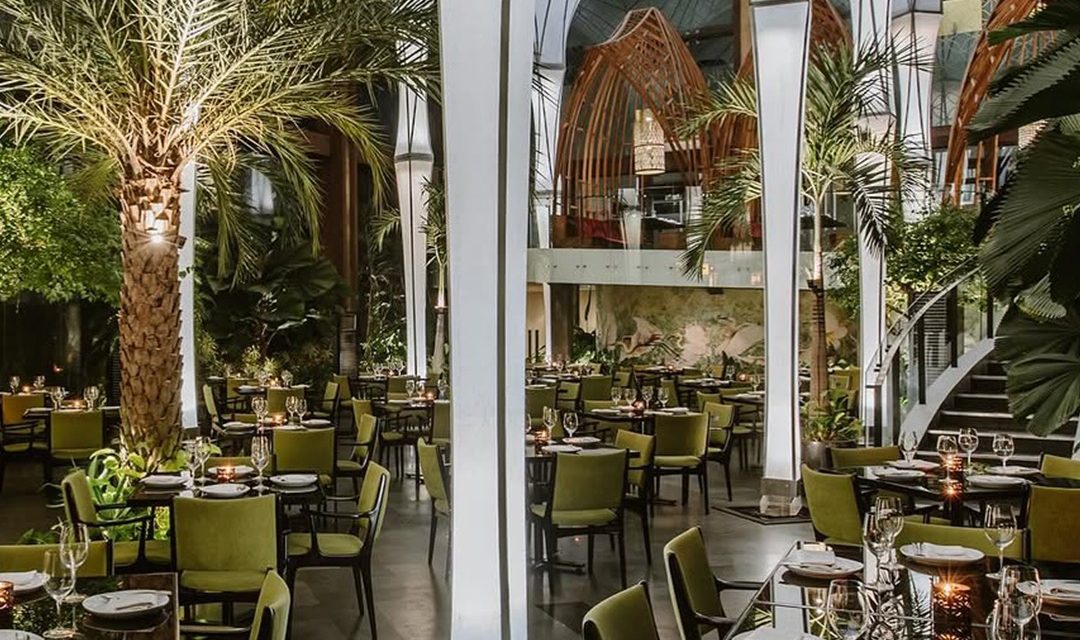If you’ve ever wandered the lush, green hills of Ubud, you’ll know that it’s not just a feast for the eyes but also a treasure trove of ancient traditions that offer a glimpse into the rich cultural tapestry of Bali. As someone who visited Ubud not too long ago, I was mesmerized by how history, spirituality, and art come together, painting a vivid picture of Balinese life. Here’s a jump into the ancient traditions of Bali as they play out in this enchanting town.
The Spiritual Heart of Ubud: Temples Galore
Walking through Ubud, one cannot help but notice the abundance of temples, or pura. Each temple tells a story, often deeply rooted in the island’s Hindu heritage. The Ubud Monkey Forest Temple is a prime example, where ancient stone carvings intertwine with the playful antics of sacred monkeys. I distinctly remember sitting on a stone bench there, feeling a gentle breeze as I observed a local woman performing a traditional offering, or canang sari.
Anecdote: A Lesson in Offering
On my visit, I had the chance to join a local Balinese woman, Nyoman, who patiently taught me how to create these intricate offerings. It turned into an unexpected moment of connection — as we meticulously placed flowers, fruit, and incense in a small palm-leaf basket, she explained how each item carries its own significance. This hands-on experience wasn’t just about learning; it was about understanding a slice of Balinese spirituality, where even the simplest acts symbolize gratitude and harmony with the divine.
The Vibrant Art Scene: Ubud as a Creative Hub
Ubud isn’t just about spirituality; it’s also the beating heart of Balinese art. From woodcarving to painting, the streets are alive with creativity. One afternoon, I found myself meandering through the Ubud Art Market, where local artisans display their crafts. I picked up a beautiful hand-painted batik scarf, and the artist — a cheerful woman named Ratna — shared the meticulous process that goes into each piece, typically passed down through generations.
Tip: Support Local Artisans
When visiting Ubud, I recommend not just admiring but supporting these artists. Choose authentic, handcrafted items over mass-produced souvenirs. Not only does this help sustain the local economy, but it also connects you to the culture in a more meaningful way.
Traditional Balinese Dance: A Story in Motion
One of my most unforgettable experiences was attending a traditional Balinese dance performance at the Ubud Palace. The Legong Dance, with its intricate hand movements and vibrant costumes, transports you into a world where every gesture tells a story. As I watched the dancers, I realized that these performances serve not only as entertainment but also as a means to preserve history and convey moral tales.
Relatable Scenario: Finding Joy in Dance
Being someone who loves to move, I couldn’t resist the urge to join in after the show! The dancers welcomed us into a short workshop, and though I stumbled through the steps, the joy was palpable. It reminded me that no matter where we come from, dance is a universal language that transcends barriers.
Culinary Traditions: A Feast for the Senses
No exploration of Balinese traditions is complete without a dive into the culinary scene. Ubud’s cooking classes offer a chance to learn about traditional Balinese dishes and the cultural significance behind them. I remember taking a class at Casa Luna, where the chef spoke about the balance of flavors in Balinese cuisine. It’s fascinating how each ingredient holds a purpose, often linked to festivals and rituals.
Practical Advice: Cooking Class Essentials
If you’re keen on taking a cooking class in Ubud, bring an open mind and a love for flavors. Be prepared to chop, sauté, and taste your way through dishes like Nasi Goreng and Bebek Betutu. The experience isn’t just about the food; it’s about storytelling, community, and the heartfelt tradition of sharing meals.
The Power of Community: Ceremony and Celebrations
Finally, one cannot overlook the importance of community in Balinese culture. I was fortunate to witness a Nyepi (Day of Silence) ceremony during my stay, and it was a breathtaking experience of unity and reflection. The island came alive before the day of silence as locals prepared their offerings and participated in parades. It made evident how interconnected the community is, bound by customs that celebrate their culture.
Insight: Embrace the Slow Pace
When visiting Ubud, embrace the slower pace that characterizes Balinese life. Take time to engage with the locals and learn about their traditions. Whether it’s through their art, food, or ritual, each experience adds depth to your understanding of this beautiful culture.
Conclusion: An Invitation to Explore
Ubud’s ancient Balinese traditions are an invitation to engage with a culture that thrives on spirituality, art, and community. Each interaction, whether with a local artisan, a dancer, or a chef, is an opportunity to witness and partake in a vibrant way of life that has stood the test of time. As you plan your visit, remember to keep an open heart, and you may just stumble upon moments that align perfectly with your own journey. So, pack your bags, and don’t forget to immerse yourself in the rich traditions of Ubud — it’s a place where the past and present dance beautifully together.






